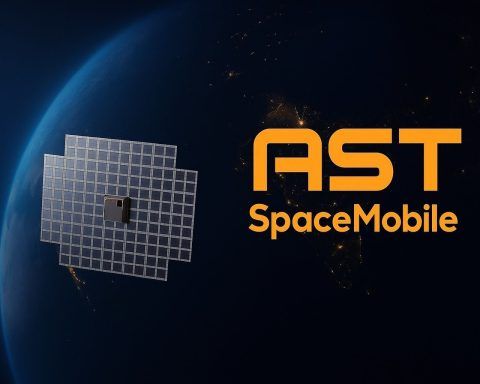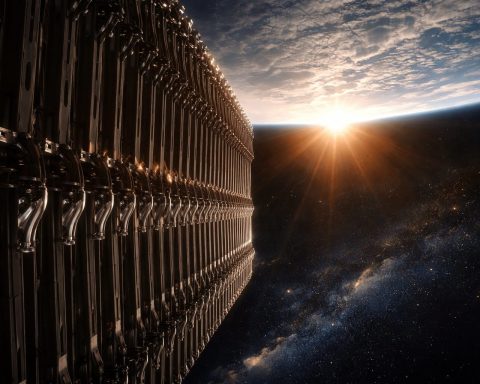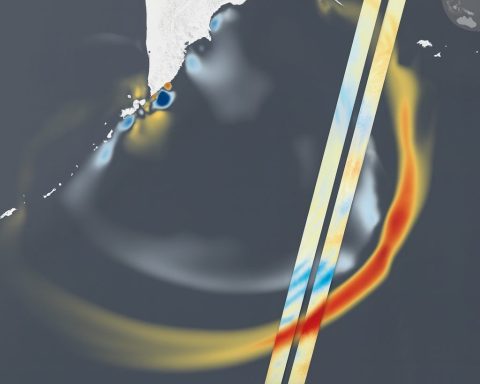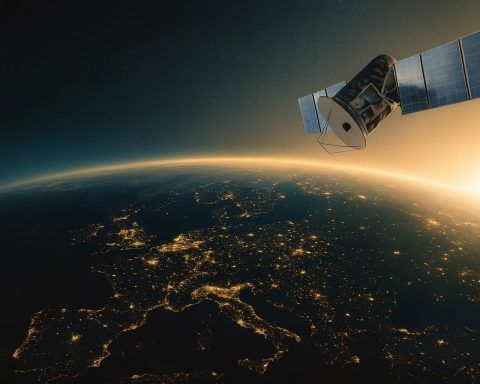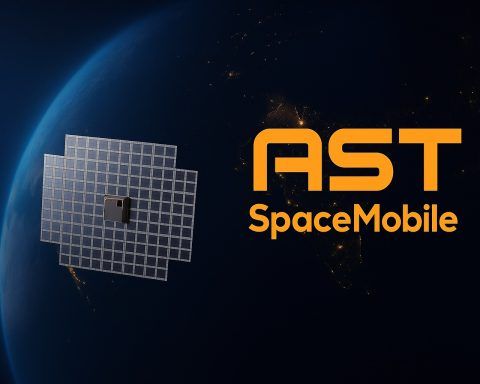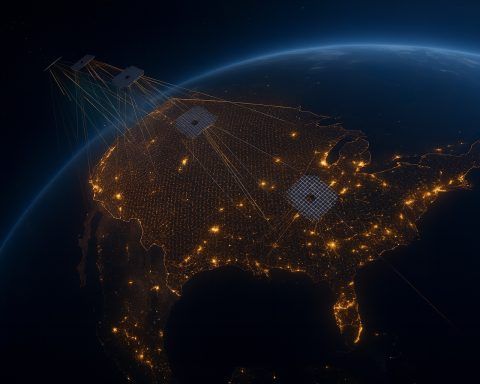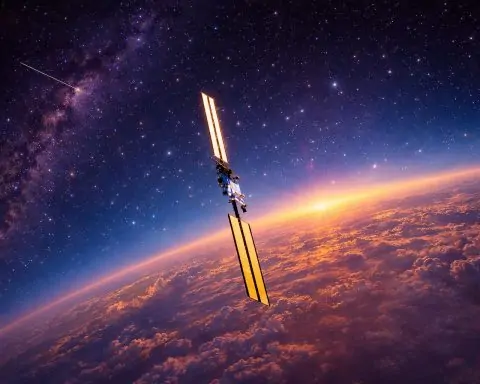
Doomed SpaceX Starlink Satellite 35956 Photographed From Orbit After In‑Space Anomaly Spreads Debris
Dec. 24, 2025 — A rare, close-up orbital photograph has provided a clearer look at a SpaceX Starlink satellite that suffered an in-space anomaly and is now tumbling toward reentry, while a growing debris field underscores how quickly low Earth
